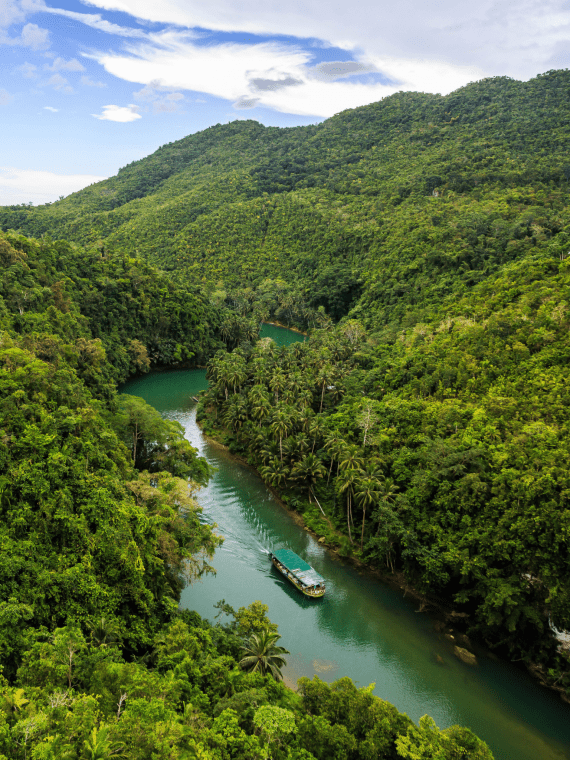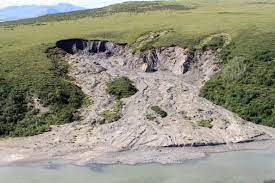A common extreme weather event in the Philippines is monsoon rains. There are two types of monsoons in the Philippines : Amihan and Habagat.
AMIHAN: This is known as the Northeast monsoon and "cool and dry northeast wind coming from Siberia and China and blows down to Southeast Asia". It typically takes place between the months of October to end of March.
Habagat : This is characterized by the humid weather and heavy rainfall monsoons. It is also known as the Southwest monsoon. The rainfall during this time is more excessive than Amihan and often results in millions of dollars in damage. It typically takes place between the months of end of June to October.
*When you are meant to evacuate, follow instructions and leave.
*Repair any damage to your home ahead of time such as the roof.
*Have all medication in a safe place with extras as there way be no way to receive such medications.
*If you are driving and the floods are to difficult to move through, leave your car and find higher ground.
On the 24 of July, 2021 there were reported heavy monsoon rains leading to flooding and the endangerment of people living in Manila. A total of 14,023 had to leave Manila and go to evacuation centers set up for those in need. Luckily there were no casualties and little damage sustained besides high flood waters.
The monsoon rain storms in the Philippines are only becoming stronger because of the rising ocean temperatures in the Pacific Ocean. As the evaporation becomes more prominent the heat from the Pacific Ocean rises into the air since warm air rises. It cause more tropical and threatening monsoon seasons.
Resources:
https://www.aljazeera.com/news/2021/7/24/philippines-evacuates-thousands-as-monsoon-rains-flood-cities-pr
https://www.divescotty.com/underwater-blog/amihan-habagat-monsoon.php
https://www.abs-cbn.com/newsroom/listicles/2018/8/30/10-safety-tips-for-the-family-during-the-habagat-s?lang=en
https://www.philstar.com/nation/2022/06/30/2191858/rainy-across-philippines-caloy-enhances-habagat
https://www.edf.org/climate/how-climate-change-makes-hurricanes-more-destructive#:~:text=Warmer%20oceans%20fuel%20storms&text=Evaporation%20intensifies%20as%20temperatures%20rise,when%20the%20storms%20hit%20land.








